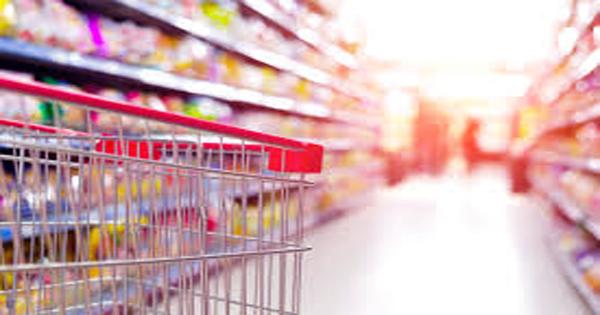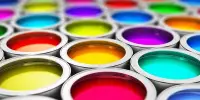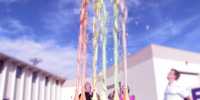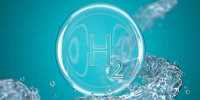What strikes you next is the intricately flavored cascade, which contains over 600 aromatic ingredients. You take a bite of your favorite chocolate, perhaps a bar of bitter chocolate, or a fruit ruby chocolate. Behind the pleasurable sensory experience is a host of complex processes; from cocoa tree growth Theobroma cacao to direct cocoa bean crushers.
As the technology evolves they hope it can accurately identify the exact farm that came from a chocolate bean. It may offer a way to verify various “fair trade” or “organic farming” claims that may appear on chocolate product labels. Each factor contributes to the unique chemical makeup of particular chocolate, which researchers at Toussaint University in Maryland have proven can be used to identify its source.
“The method we use to analyze chocolate bars from grocery stores works well in class and the practice further enhances students’ curiosity. So, I’m starting to come up with strategies for more interesting samples. “Dr. Shannon Stitzel, the project’s principal investigator, said in a statement, “This project originated from my idea for a lab, one of the courses I teach.”
In Stitzel’s initial experiments he used preliminary analysis to determine the geographical location of the chocolate sample but to cut down on many of the processing steps in chocolate, Stitzel and his colleagues wanted to fine-tune their strategy to find organic compounds in the sample throughout the production process.
A combination of cocoa solids and cocoa butter, cocoa alcohol is available after the cocoa beans are stirred, dried, fried, and then lowered. To do this, Stitzel Pigeon returns to cocoa alcohol through the process of making chocolate. In addition to this post-harvest treatment, other factors affect the chemical composition of the alcohol. These include soil mixing, weathering, and farming methods where cocoa beans are grown and even the horns around the beans have a variety of naturally fermented yeast.
Based on specific patterns of eight selected compounds (including caffeine, theobromine, and catechins), he then grouped the samples together. This enabled him to successfully determine the country of origin in 95 percent of the sample.
After acquiring a few samples of cocoa alcohol from five different countries, Gabriel Lembo, a graduate student at Towson University, decided to unveil their unique chemical signature. By separating the compounds using liquid chromatography, Lembo could use mass spectrometry to find the specific makeup of each sample.
The study is now available online due to presentation at the American Chemical Society Spring 2020 National Meeting and Expo. At the time of their submission, the authors also noted that some of their current errors may reflect the different roasting temperatures of the beans; Roasting at higher temperatures proves more problematic in studies with.
In the future, in addition to thinking more about their shortcomings, the team hopes to be able to identify the exact region within a country, even up to the field-level, the emergence of cocoa beans. An effective piece of information when evaluating chocolate label claims about their proverbs. If coffee is your vice instead of chocolate, never be intimidated, as the team is applying this method to see the different chemical signatures of fair-trade and organic coffee.















